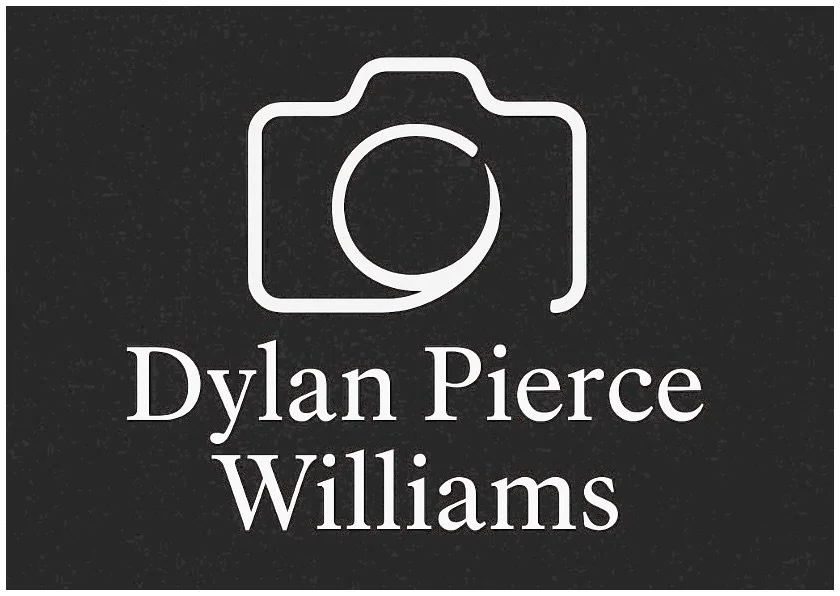The Paradox in My Bag: Olympus OMD E-M1 and the Magic of Not Knowing
Tucked away in my everyday bag is a small, unassuming camera that has quietly earned its place among my most used tools the Olympus OM-D E-M1, paired with the Lumix 20mm f1.7 lens. Ive taken what I feel are some of my best digital photographs with this set up.
I purchased it with a fault so it was not the most expensive when I bought it. But it is easily the most efficient. And in many ways, it is the camera that reflects who I am when I want to move quietly, shoot instinctively, and travel light. Its the closest thing to a digital version of my film OM1, and carries the same name on its casing, not the frankly ridiculous ‘OM System’ branding that is now engraved on the newer cameras.
There is a lot to love here. The E-M1 is compact without feeling fiddly, tough without being overbuilt. It is weather sealed, has a button for everything, robust, and just discreet enough to melt into a crowd, ideal for street work, documentary projects, or simply walking through town with no intention other than to see and respond. Paired with the pancake sized f1.7 Lumix lens, it slips into a small unasuming bag, where 7 charged batteries always live, and still does not weigh on my shoulder.
Another thing that makes this camera sing though, is how it handles. The controls fall naturally under the fingers, the autofocus is quick, and the exposure system is among the most reliable I have used. It nails metering even in complex lighting, letting me concentrate more on composition than compensation.
It has excellent high ISO performance, ISO 3200 is nothing for this camera even though I disclipine myselft to shoot at ISO 400 or 800 when the light drops. The praise I have for this camera is not something I give lightly, I have worked with a lot of cameras over the years, and this one gives me confidence in nearly every frame. Its nearly perfect for digital.
Heres the best part. I shoot this camera in RAW and JPEG but almost exclusive just use the black and white JPEGs and the results, straight out of camera, remind me uncannily of Ilford Pan F 50, a slow film I have long loved for its smooth tonal range and rich, silvery contrast. There is a softness to the transitions, a restrained elegance to the way it handles highlights and shadows. It is not digital trying to look like film. It is digital behaving as if it understands film and that is rare.
Its nearly perfect….but
However, one of the things I have always cherished about photography is that moment of uncertainty, the gap between seeing and capturing, between clicking the shutter and seeing what you have made. I have sometimes waited 6 months to process and view film images, I needed that time to distance myself from the image so that when it came to be self critical I was emotionally detached from the image, and how I felt when I took it.
With film, or optical viewfinders, you are working on intuition. You are committing to something that has not quite revealed itself yet. And when you finally do see it whether on the contact sheet or the screen there is a quiet kind of alchemy. The image becomes more than you expected. Sometimes less. But always a surprise.
With its big EVF the E-M1 can show you everything in advance. The contrast, the exposure, the white balance all previewed in exact detail. And while that is fantastic for nailing the shot, it also means the shot no longer reveals itself later. It is already arrived in the viewfinder before I even press the shutter and I sometimes struggle with that. (To be honest I also struggle with how much the focus points in the D2x distract especially when comparer to my OM1 film mat focusing screen - which has zero info and is what I earn for in a digital camera)
Of course that is not a flaw in the E-M1. It is a reality of the medium. But it has changed the way I feel about photography when I use it.
It also reminds me why I still reach for older cameras and load a roll of black and white film into my OM1s. Because sometimes, the best part of photography is not just seeing what is in front of you, its waiting to see what it becomes.
